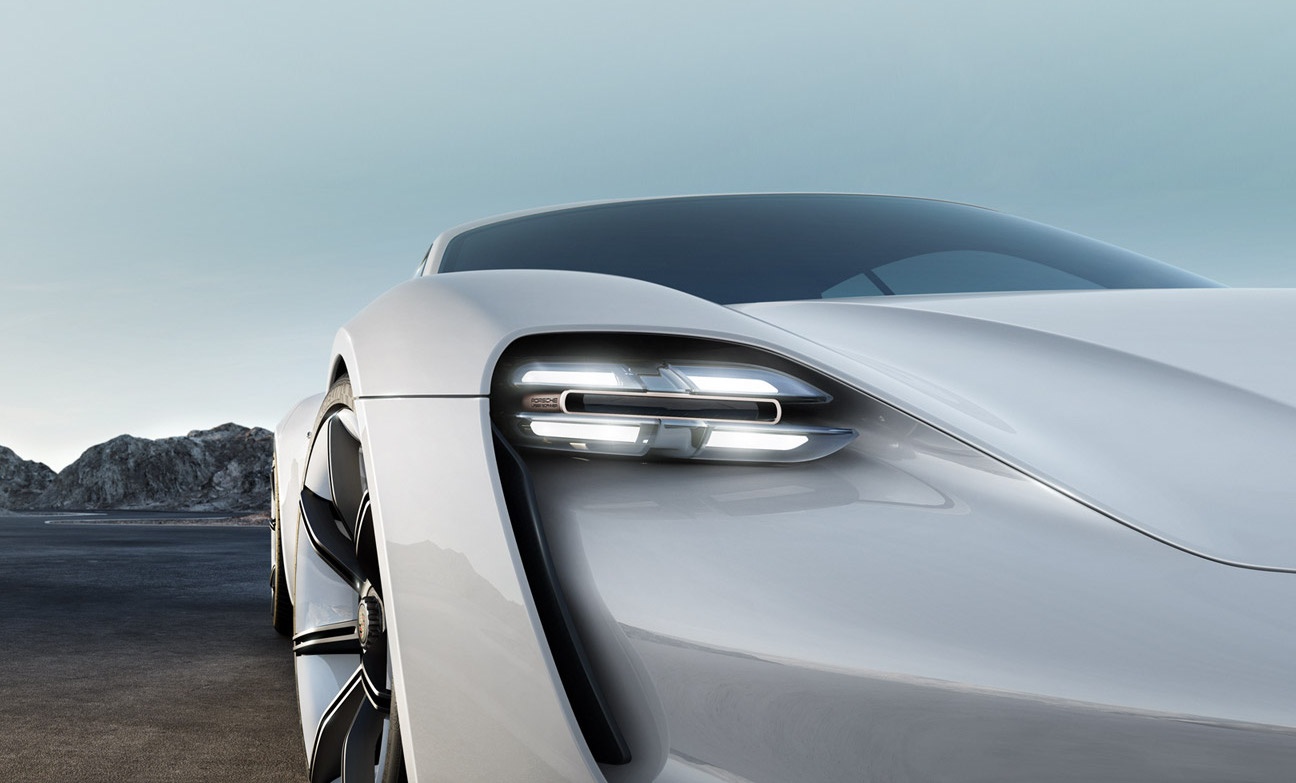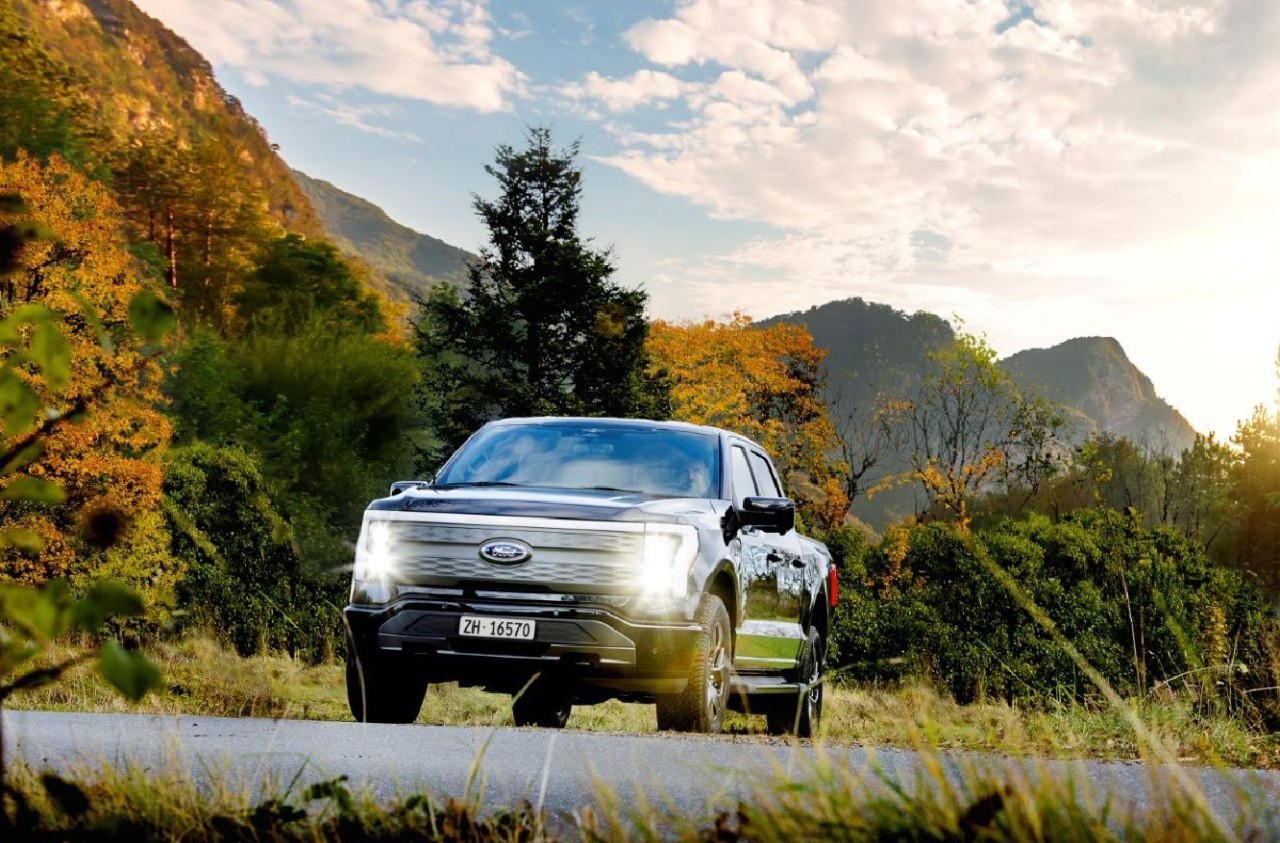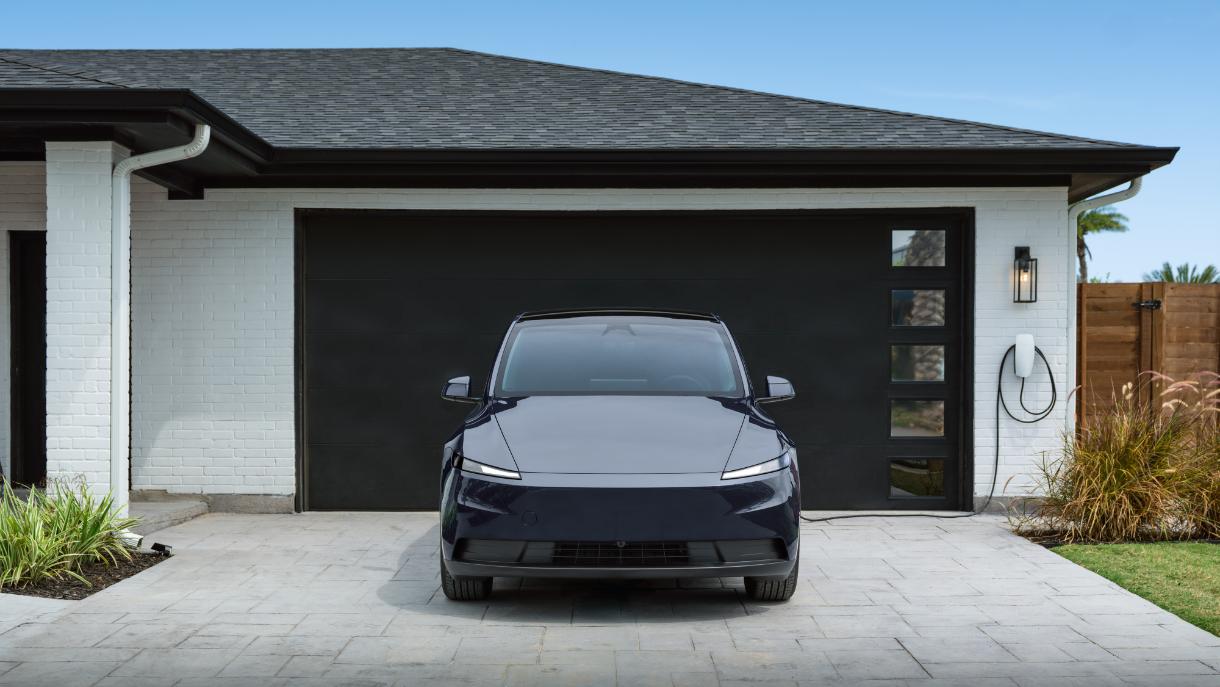News
Porsche sets Mission E development as “priority one” over 911 hybrid

Porsche research and development chief Michael Steiner has shifted focus towards development of the Mission E and derails hopes for a 911 hybrid. Speaking during the Paris Motor Show, he indicated that, while R&D does exist to have 918-derived technology in a 911, “there is no decision to do this on short notice, but we have this constantly on our radar.” Previous public comments about reimagining the iconic 911 with lithium-ion battery-electric power to hum alongside its all-new flat-six turbo engines now are silenced, as Steiner insists there is no approved model development program for a 911 Hybrid.
Instead of a 911 reconfiguration, Steiner acknowledged, “We decided we would do the Mission E as our priority one. It’s in serial development.” The Mission E will be Porsche’s first pure electric car, with an electric motor placed on the front and rear axle that provide around 600 horsepower, enough to accelerate from 0 to 62 mph in 3.5 seconds with a top speed of more than 155 mph. The company is hiring 1,400 employees to develop the car and is investing $782 million for a new assembly plant and paint shop in Stuttgart, Germany. Steiner explained the potential that the Mission E offers:
“The conceptual design of the Mission E once again gives us technically the potential to do more with this platform, and also we think about if the battery electric business will be fast growing and we think that the whole business will change, most probably pretty fast at some trigger point. That should be not the only battery electric car.
In general we think what could be a second or third step, and also in terms of the platform of Mission E there is no reason why this has to be only a one body-style platform.”
Electric car prototypes are all the rage at the Paris Motor Show 2016. According to statistics from EV-Volumes, the global sales of electric cars jumped 42% in the first quarter of this year, compared to the same period in 2015. Porsche has no electric car in its stable. Steiner admits, “It looks, at least, like the market potential of a new vehicle with completely electric [drive] is more than for another derivative of the 911.”
The Mission E demonstrates how even notable German manufacturers with a deep history in building gas-powered cars are realizing that EVs are the way to go. In the meantime, a new 911 is scheduled for 2018, but it is likely if a hybrid is included in the company’s plans, it won’t show up until 2020.
Why 2020? That’s when new stringent European emissions rules kick in. 2021 automotive fuel efficiency standards build in reductions of 40% compared with the 2007 fleet average. To encourage eco-innovation, manufacturers will be granted emission credits equivalent to a maximum emissions saving of 7g/km per year for their fleet if they equip vehicles with innovative technologies, based on independently verified data.
Historically, EU vehicle regulation has attempted to balance the interests of the environment and the German auto industry. That changed with the VW diesel scandal, and German automakers are now promoting concept cars with 200-mile electric capacities. We recently posted that an electric Lamborghini is also in the works, with parts borrowed from the Porsche Mission E. The working name for the new Lamborghini is supposedly the “Vitola.” But Lamborghini wants more than that from the Porsche’s parts and pieces — a 0 to 62 mph time of 2.5 seconds and a top speed of more than 186 mph. That would take the “Quickest Production Car in the World” title from Tesla’s latest Model S P100D, although just barely.

News
Ford cancels all-electric F-150 Lightning, announces $19.5 billion in charges
“Rather than spending billions more on large EVs that now have no path to profitability, we are allocating that money into higher returning areas, more trucks and van hybrids, extended range electric vehicles, affordable EVs, and entirely new opportunities like energy storage.”

Ford is canceling the all-electric F-150 Lightning and also announced it would take a $19.5 billion charge as it aims to quickly restructure its strategy regarding electrification efforts, a massive blow for the Detroit-based company that was once one of the most gung-ho on transitioning to EVs.
The announcement comes as the writing on the wall seemed to get bolder and more identifiable. Ford was bleeding money in EVs and, although it had a lot of success with the all-electric Lightning, it is aiming to push its efforts elsewhere.
It will also restructure its entire strategy on EVs, and the Lightning is not the only vehicle getting the boot. The T3 pickup, a long-awaited vehicle that was developed in part of a skunkworks program, is also no longer in the company’s plans.
Instead of continuing on with its large EVs, it will now shift its focus to hybrids and “extended-range EVs,” which will have an onboard gasoline engine to increase traveling distance, according to the Wall Street Journal.
“Ford no longer plans to produce select larger electric vehicles where the business case has eroded due to lower-than-expected demand, high costs, and regulatory changes,” the company said in a statement.
🚨 Ford has announced it is discontinuing production of the F-150 Lightning, as it plans to report a charge of $19.5 billion in special items.
The Lightning will still be produced, but instead with a gas generator that will give it over 700 miles of range.
“Ford no longer… pic.twitter.com/ZttZ66SDHL
— TESLARATI (@Teslarati) December 15, 2025
While unfortunate, especially because the Lightning was a fantastic electric truck, Ford is ultimately a business, and a business needs to make money.
Ford has lost $13 billion on its EV business since 2023, and company executives are more than aware that they gave it plenty of time to flourish.
Andrew Frick, President of Ford, said:
“Rather than spending billions more on large EVs that now have no path to profitability, we are allocating that money into higher returning areas, more trucks and van hybrids, extended range electric vehicles, affordable EVs, and entirely new opportunities like energy storage.”
CEO Jim Farley also commented on the decision:
“Instead of plowing billions into the future knowing these large EVs will never make money, we are pivoting.”
Farley also said that the company now knows enough about the U.S. market “where we have a lot more certainty in this second inning.”
News
SpaceX shades airline for seeking contract with Amazon’s Starlink rival

SpaceX employees, including its CEO Elon Musk, shaded American Airlines on social media this past weekend due to the company’s reported talks with Amazon’s Starlink rival, Leo.
Starlink has been adopted by several airlines, including United Airlines, Qatar Airways, Hawaiian Airlines, WestJet, Air France, airBaltic, and others. It has gained notoriety as an extremely solid, dependable, and reliable option for airline travel, as traditional options frequently cause users to lose connection to the internet.
Many airlines have made the switch, while others continue to mull the options available to them. American Airlines is one of them.
A report from Bloomberg indicates the airline is thinking of going with a Starlink rival owned by Amazon, called Leo. It was previously referred to as Project Kuiper.
American CEO Robert Isom said (via Bloomberg):
“While there’s Starlink, there are other low-Earth-orbit satellite opportunities that we can look at. We’re making sure that American is going to have what our customers need.”
Isom also said American has been in touch with Amazon about installing Leo on its aircraft, but he would not reveal the status of any discussions with the company.
The report caught the attention of Michael Nicolls, the Vice President of Starlink Engineering at SpaceX, who said:
“Only fly on airlines with good connectivity… and only one source of good connectivity at the moment…”
CEO Elon Musk replied to Nicolls by stating that American Airlines risks losing “a lot of customers if their connectivity solution fails.”
American Airlines will lose a lot of customers if their connectivity solution fails
— Elon Musk (@elonmusk) December 14, 2025
There are over 8,000 Starlink satellites in orbit currently, offering internet coverage in over 150 countries and territories globally. SpaceX expands its array of satellites nearly every week with launches from California and Florida, aiming to offer internet access to everyone across the globe.
Currently, the company is focusing on expanding into new markets, such as Africa and Asia.
News
Tesla Model Y Standard stuns in new range test, besting its Premium siblings
Tesla’s newer vehicles have continued to meet or exceed their EPA estimates. This is a drastic change, as every 2018-2023 model year Tesla that Edmunds assessed did not meet its range estimates.

The Tesla Model Y Standard stunned in a new range test performed by automotive media outlet Edmunds, besting all of its Premium siblings that are more expensive and more luxurious in terms of features.
Testing showed the Model Y Standard exceeded its EPA-estimated range rating of 321 miles, as Edmunds said it is the “longest-range Model Y that we’ve ever put on our loop.” In the past, some vehicles have come up short in comparison with EPA ranges; for example, the Model Y’s previous generation vehicle had an EPA-estimated range of 330 miles, but only drove 310.
Additionally, the Launch Series Model Y, the first configuration to be built in the “Juniper” program, landed perfectly on the EPA’s range estimates at 327 miles.
It was also more efficient than Premium offerings, as it utilized just 22.8 kWh to go 100 miles. The Launch Series used 26.8 kWh to travel the same distance.
It is tested using Edmunds’ traditional EV range testing procedure, which follows a strict route of 60 percent city and 40 percent highway driving. The average speed throughout the trip is 40 MPH, and the car is required to stay within 5 MPH of all posted speed limits.
Each car is also put in its most efficient drive setting, and the climate is kept on auto at 72 degrees.
“All of this most accurately represents the real-world driving that owners do day to day,” the publication says.
With this procedure, testing is as consistent as it can get. Of course, there are other factors, like temperature and traffic density. However, one thing is important to note: Tesla’s newer vehicles have continued to meet or exceed their EPA estimates. This is a drastic change, as every 2018-2023 model year Tesla that Edmunds assessed did not meet its range estimates.
Tesla Model Y Standard vs. Tesla Model Y Premium
Tesla’s two Model Y levels both offer a great option for whichever fits your budget. However, when you sit in both cars, you will notice distinct differences between them.
The Premium definitely has a more luxurious feel, while the Standard is stripped of many of the more premium features, like Vegan Leather Interior, acoustic-lined glass, and a better sound system.
You can read our full review of the Model Y Standard below:
Tesla Model Y Standard Full Review: Is it worth the lower price?








